Saturday, 4 February 2023 -
Up early for our first day on our tour adventure. We started at the Temple of Literature (Vặn Miếu).
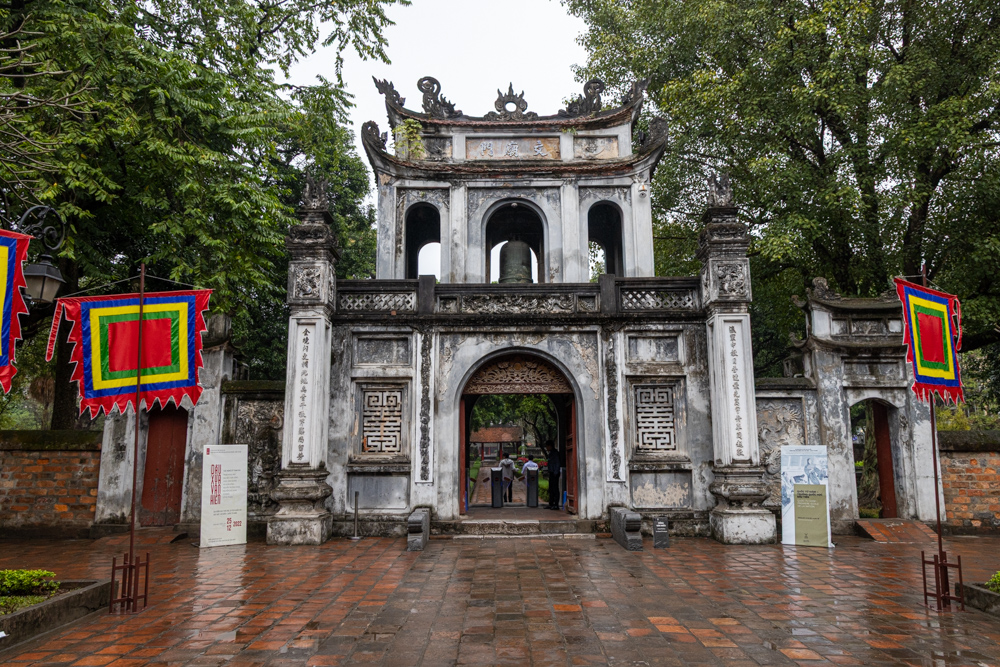

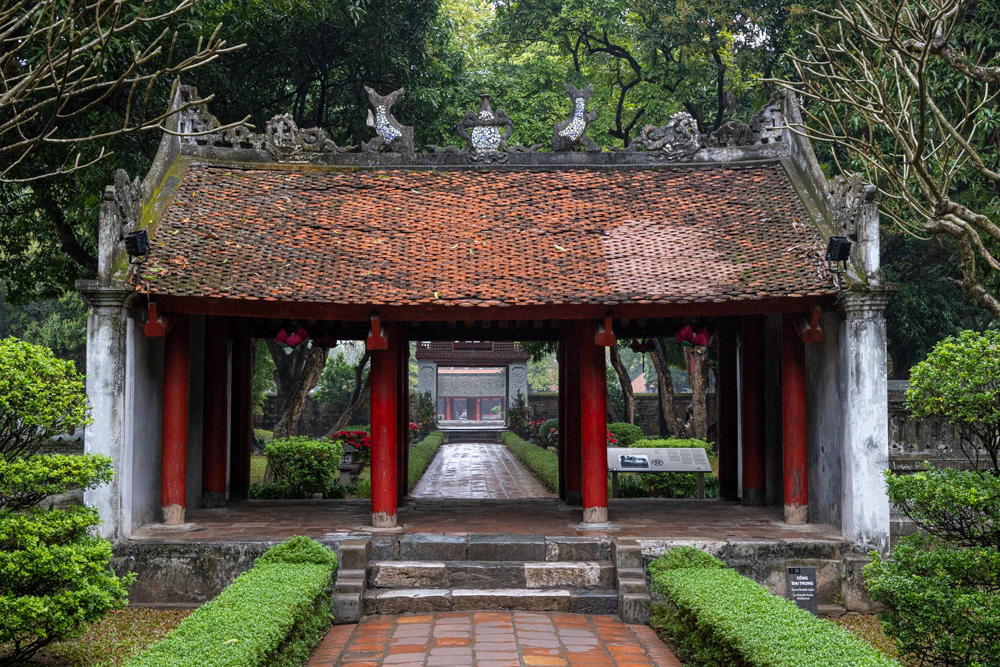
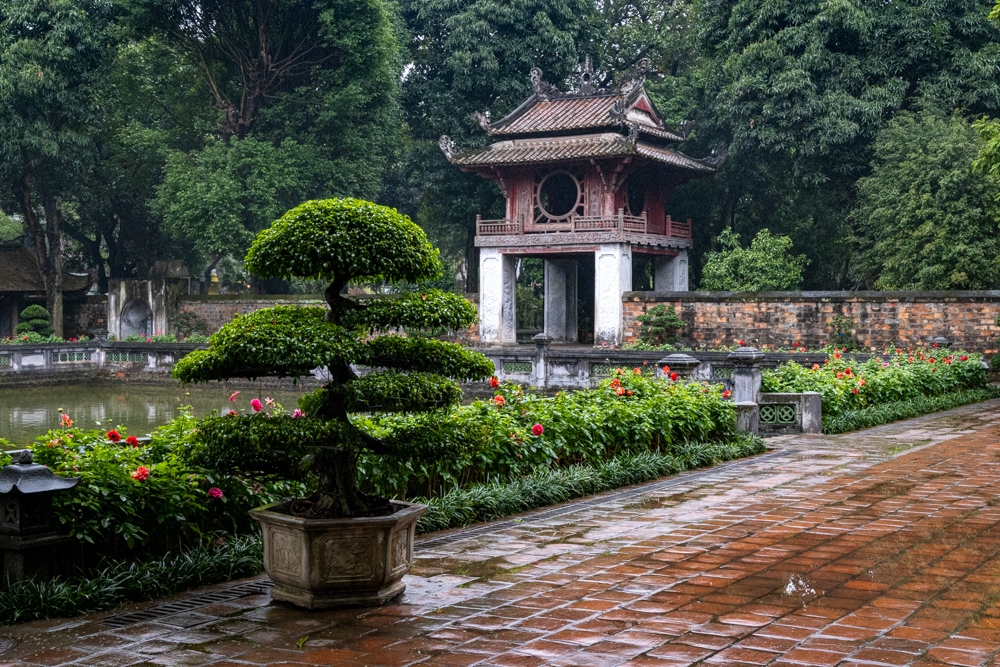

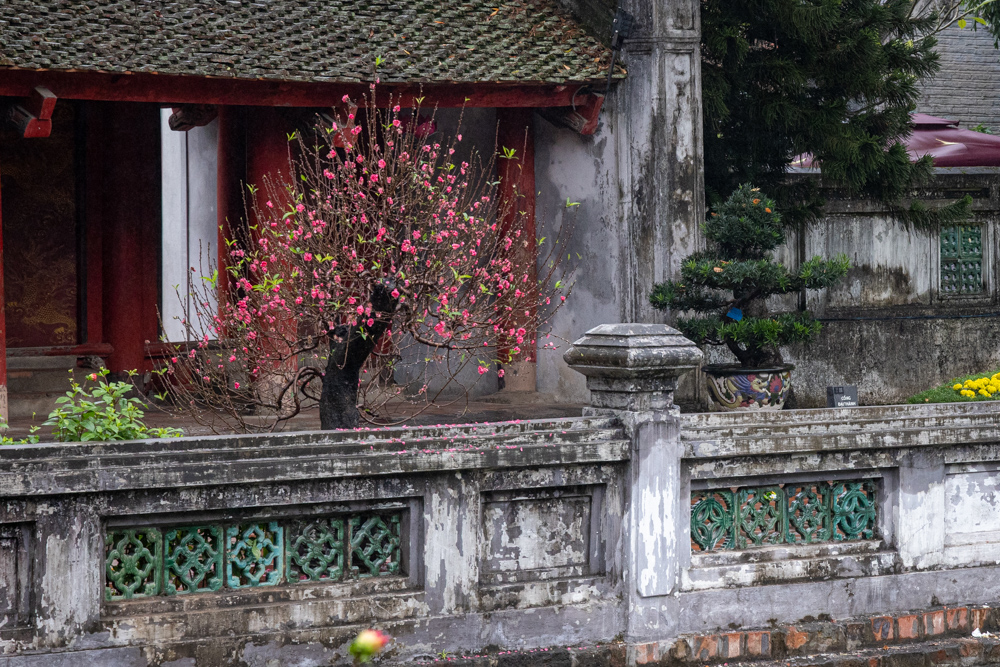
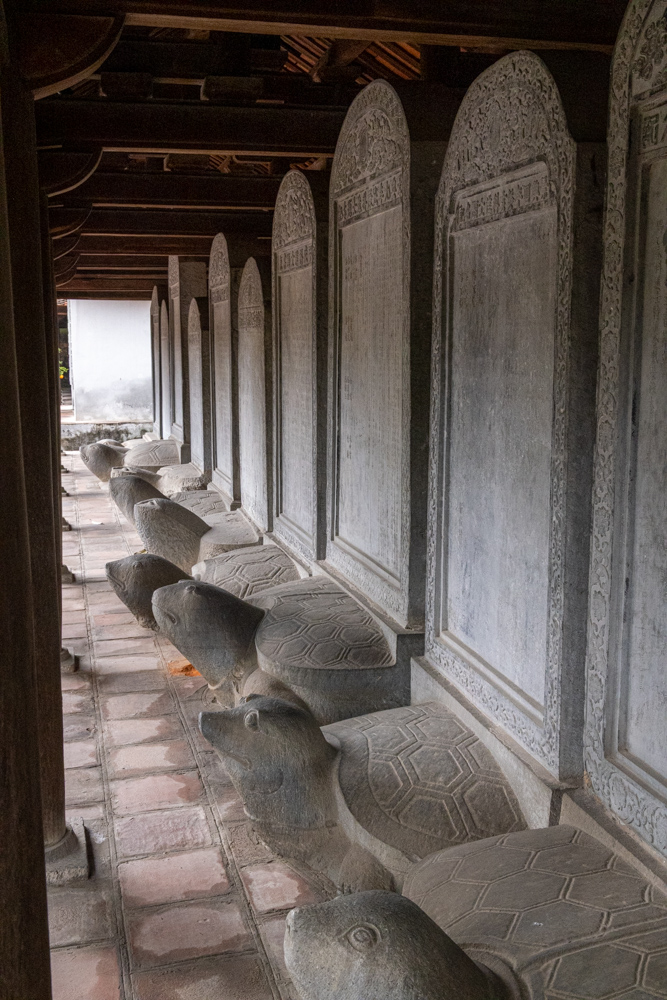
The Turtle is one of Vietnam's four holy creatures - the others are the Dragon, the Unicorn, and the Phoenix. The turtle is a symbol of longevity and wisdom.
The doctors' steles are a valuable historical resource for the study of culture, education, and sculpture in Vietnam. 82 stelae remain.
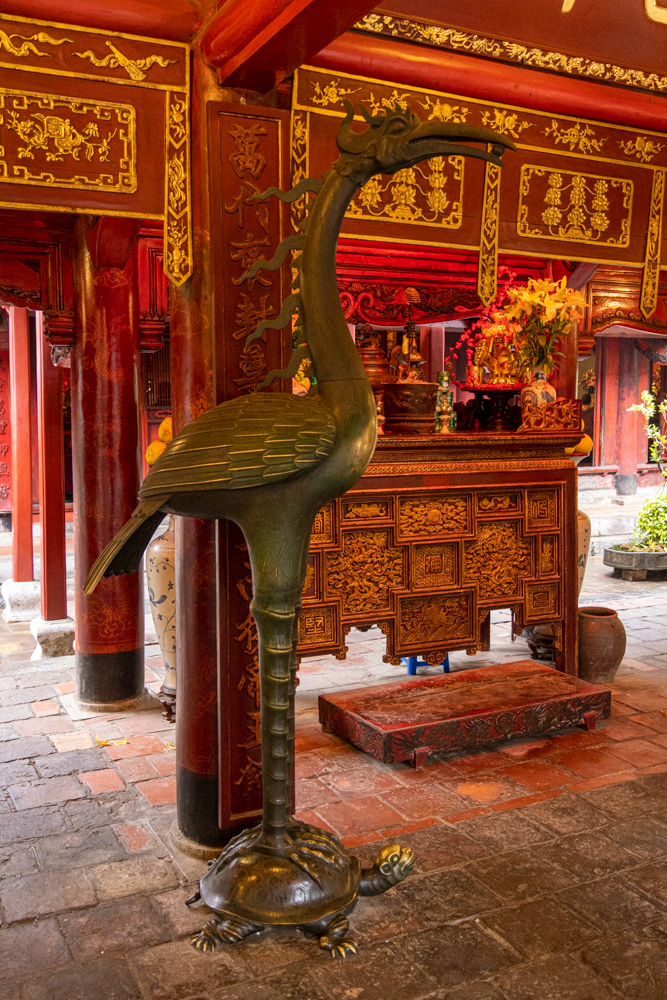
There is also a fable where the turtle saves the crane during a flood and the crane returns the favor saving the turtle during a drought. Thus, they also represent friendship and cooperation.
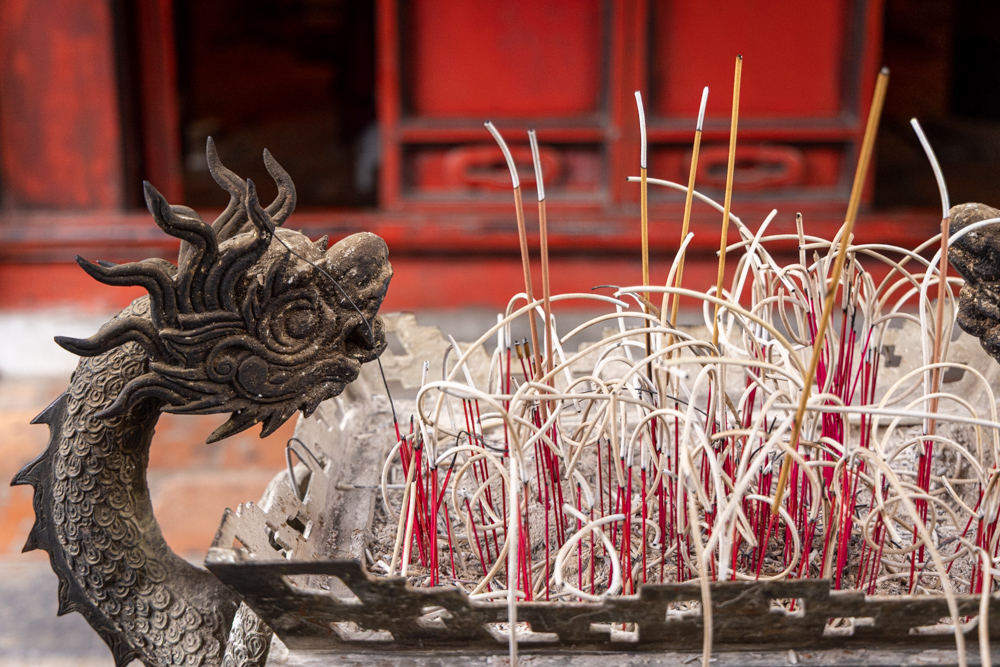
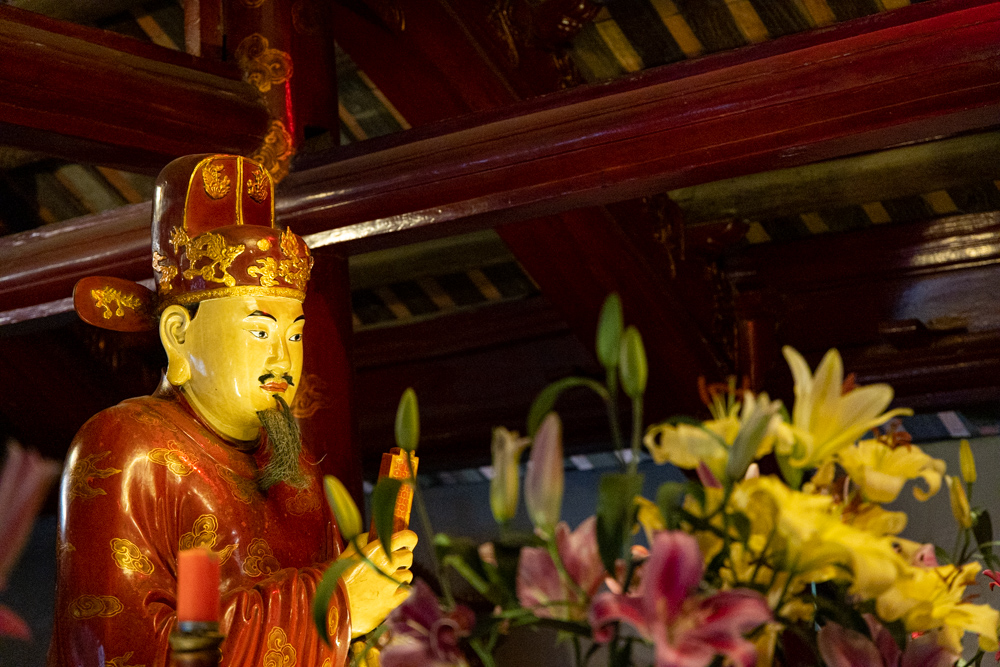
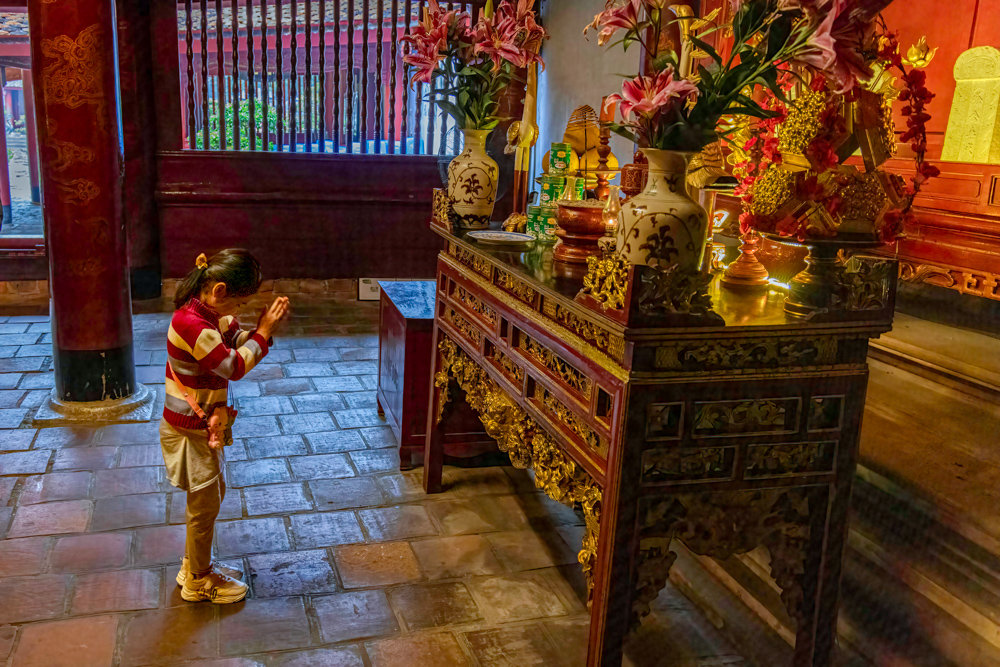
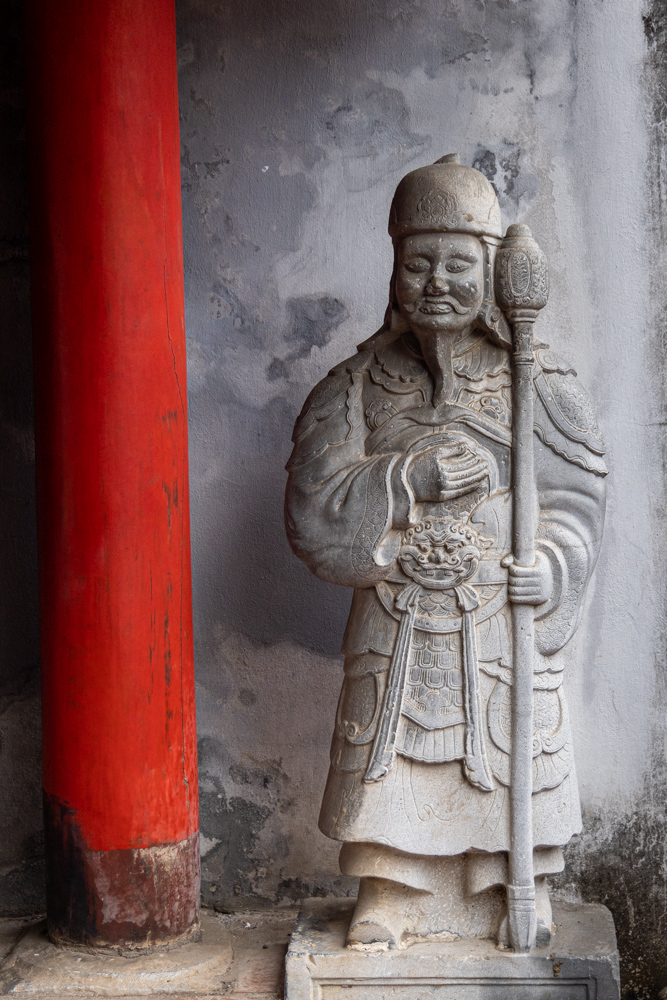
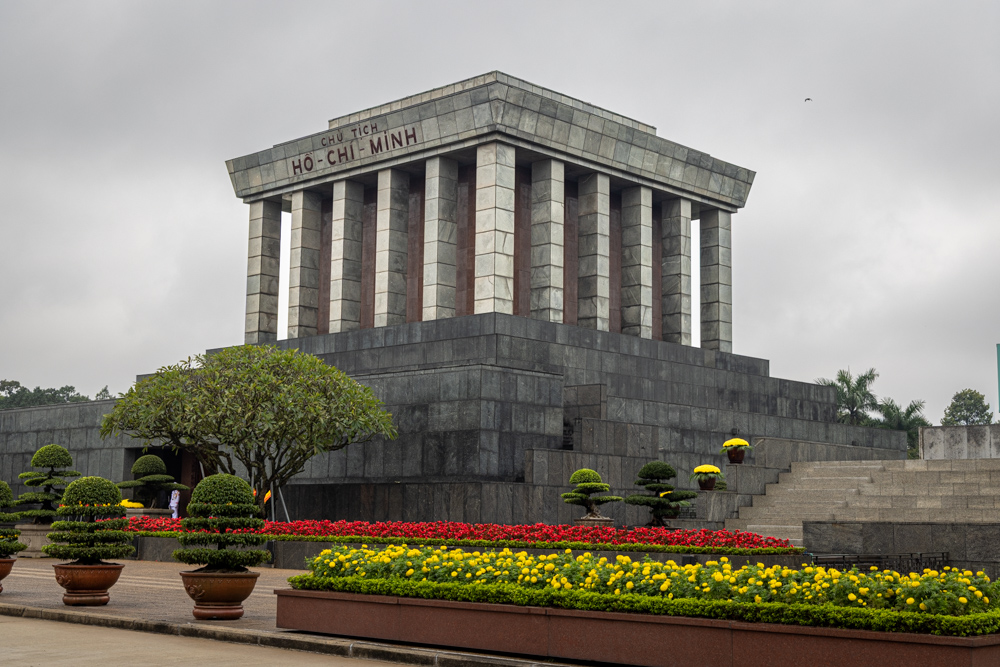
It is a large building located in the center of Ba Dinh Square, where Ho, Chairman of the Workers' Party of Vietnam from 1951 until his death in 1969, read the Declaration of Independence on 2 September 1945, establishing the Democratic Republic of Vietnam.
We saw the embalmed body of President Ho Chi Minh, preserved in the cooler, central hall of the mausoleum, which is protected by a military honor guard. No cameras allowed - they took Cal's camera from him and returned it after we left.
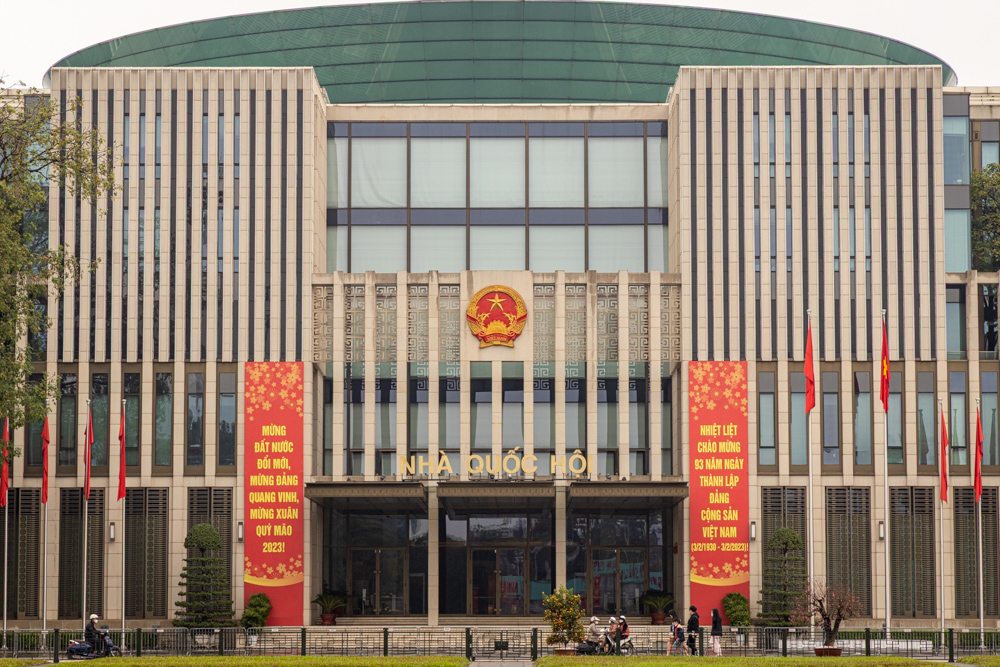
The building can accommodate 80 separate meetings with more than 2,500 people at the same time.
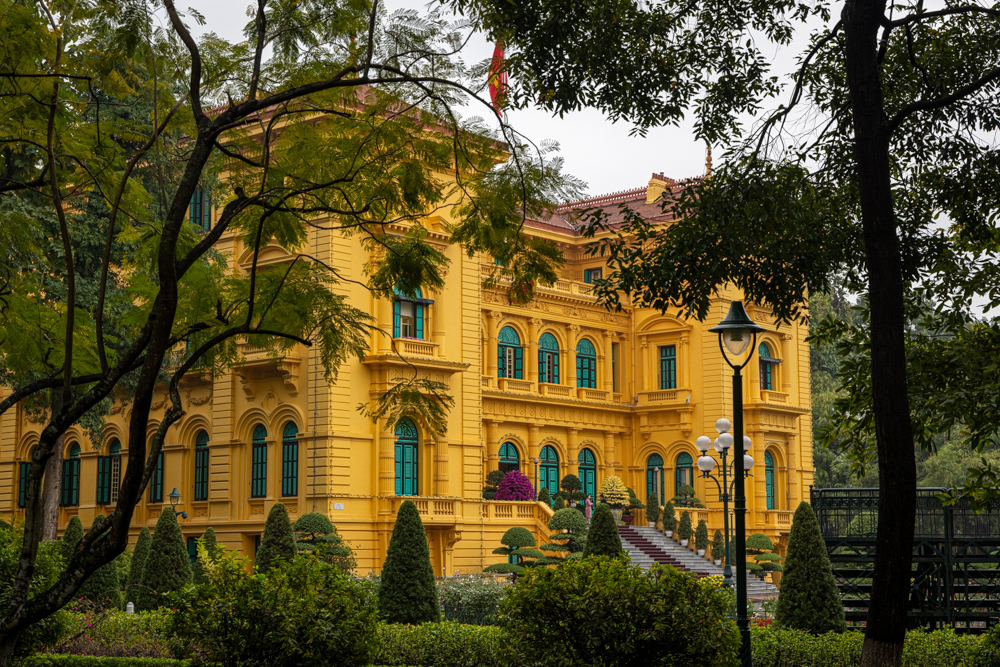
Difficult to get a good picture due to restrictions for walking about - the building is used for official state functions.
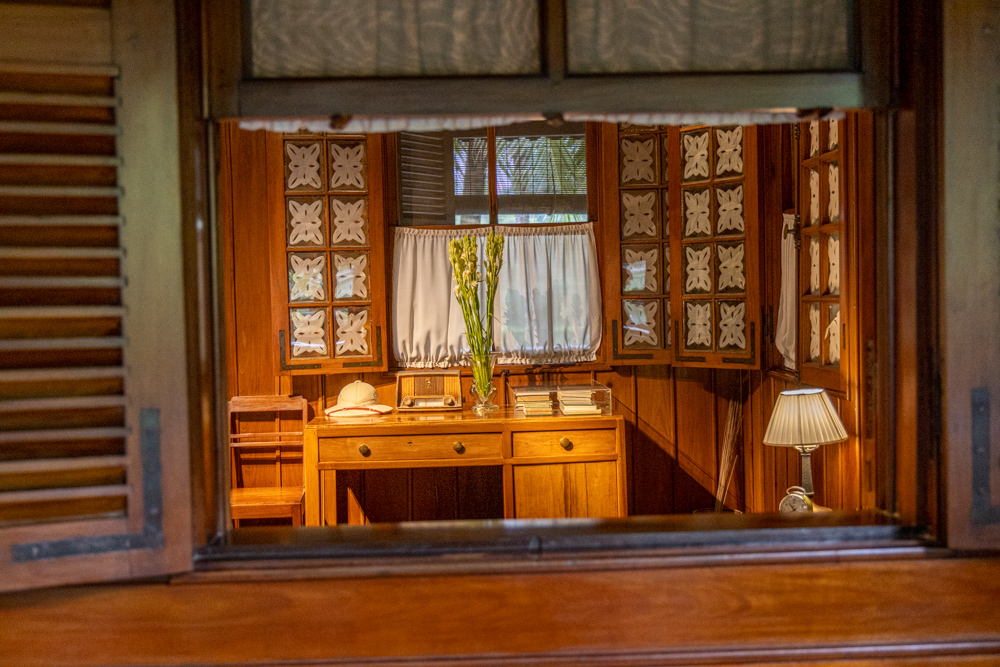
This is his desk. in a very nice but spartan raised house.
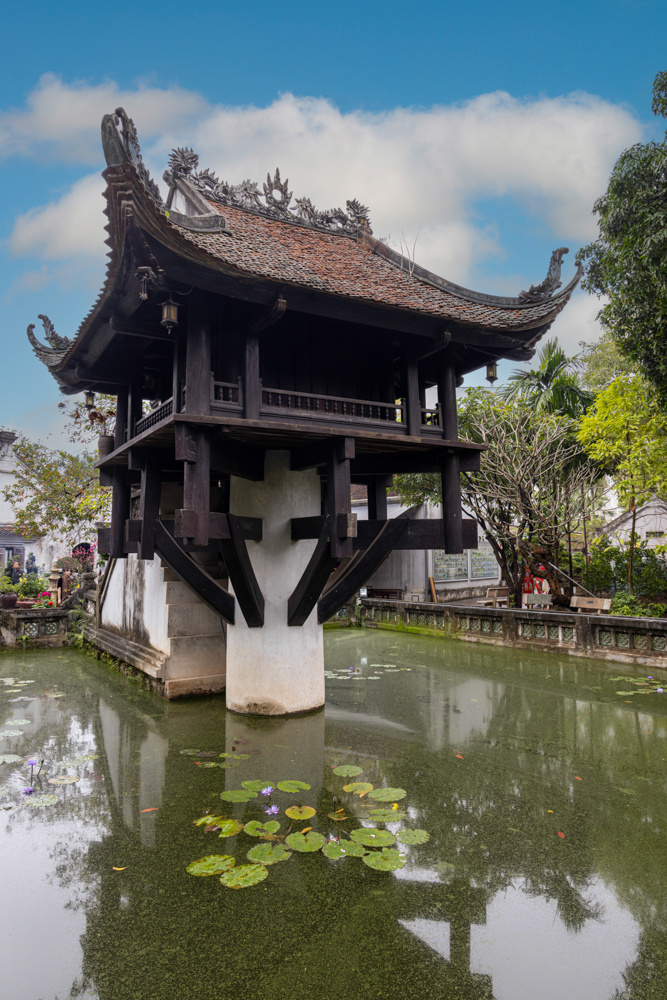
As the story goes a king had no children. One night during his sleep, he was visited by the Goddess of Mercy and had a vision that he would have a son. The Goddess was sitting on a Lotus in a pond and gave the King a son. Later he had a child. Therefore, in honoring his gift from the Goddess, he built the One Pillar Pagoda to resemble The Lotus he had seen in his dream.

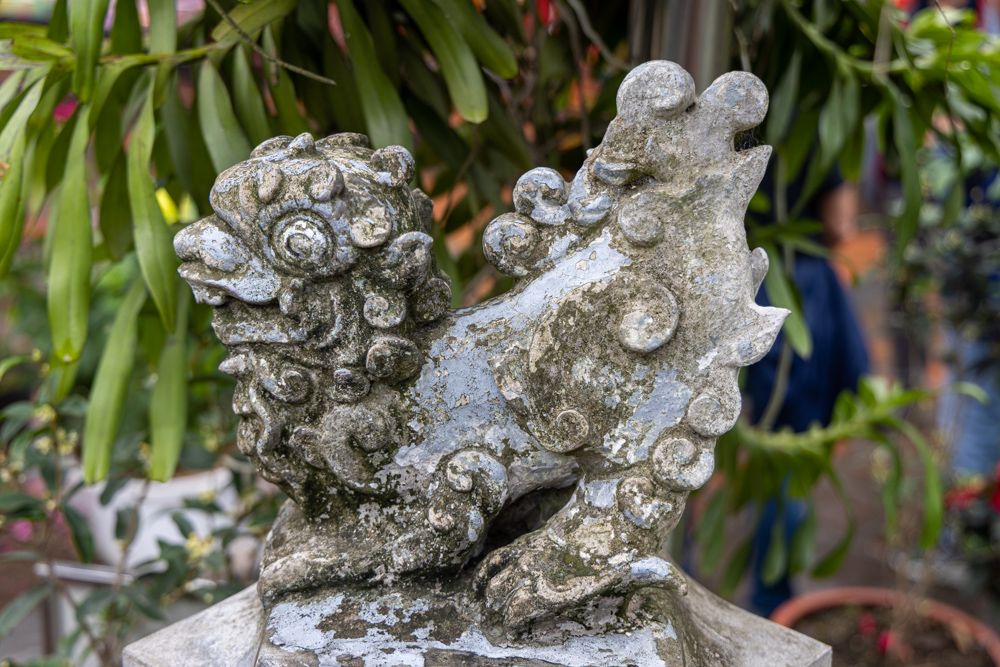
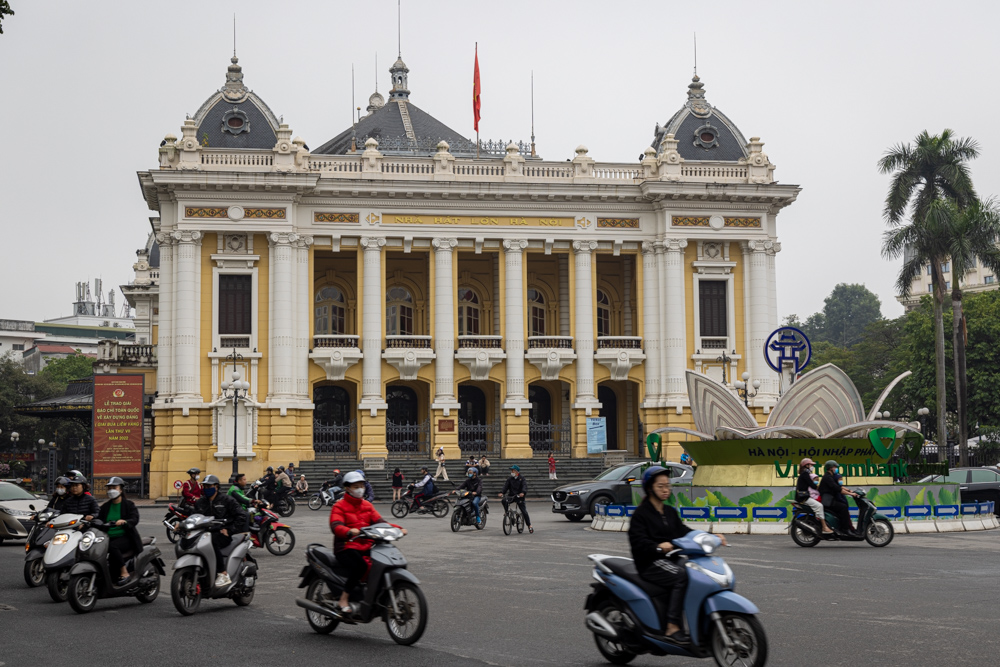
We will see the one in Saigon later in the trip.
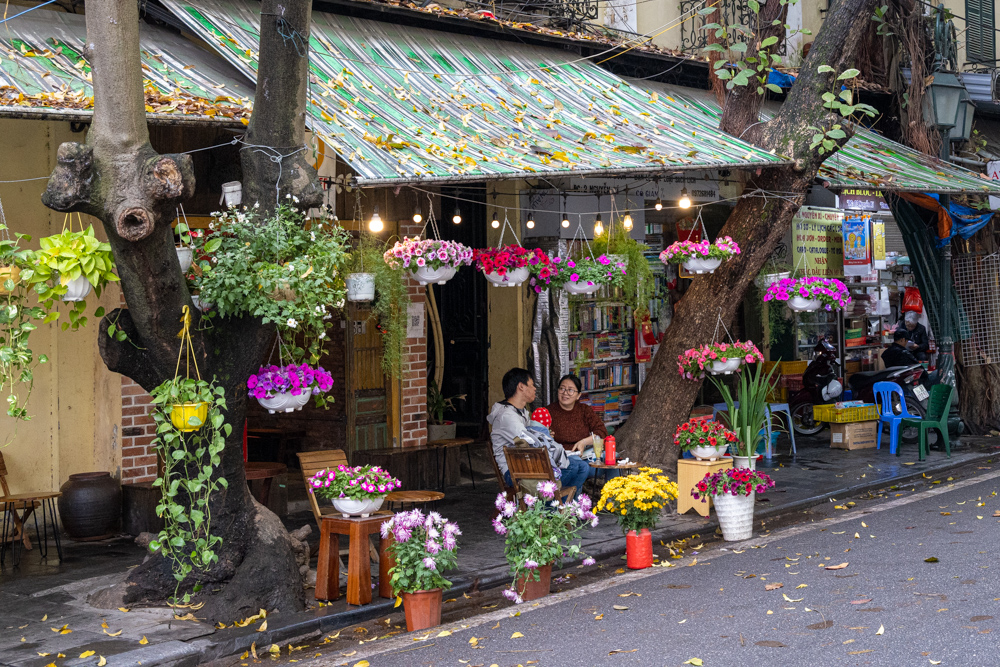
A local cafe off the main road.
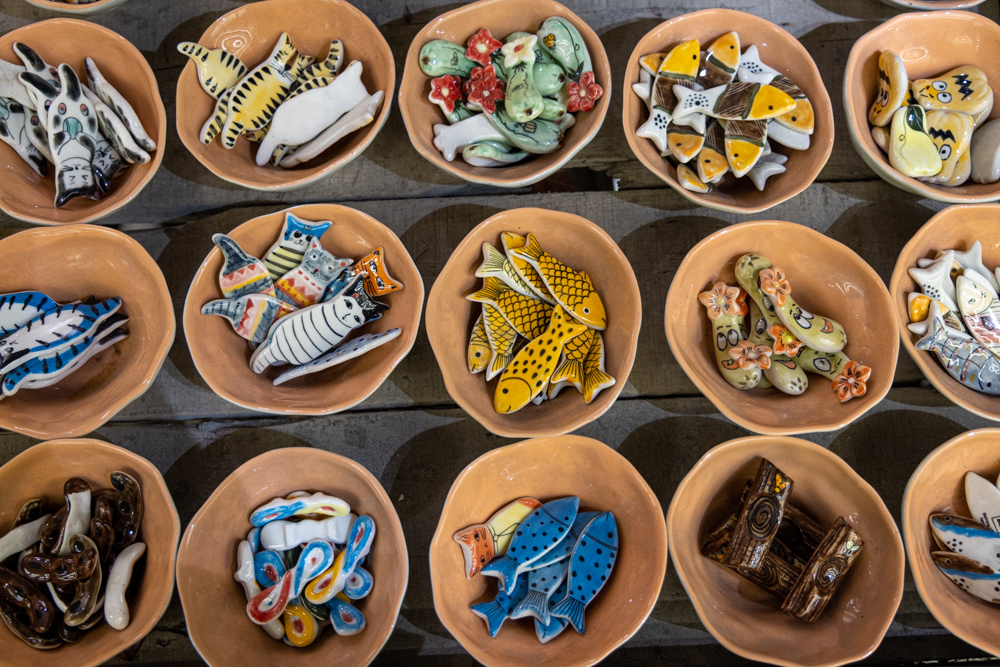

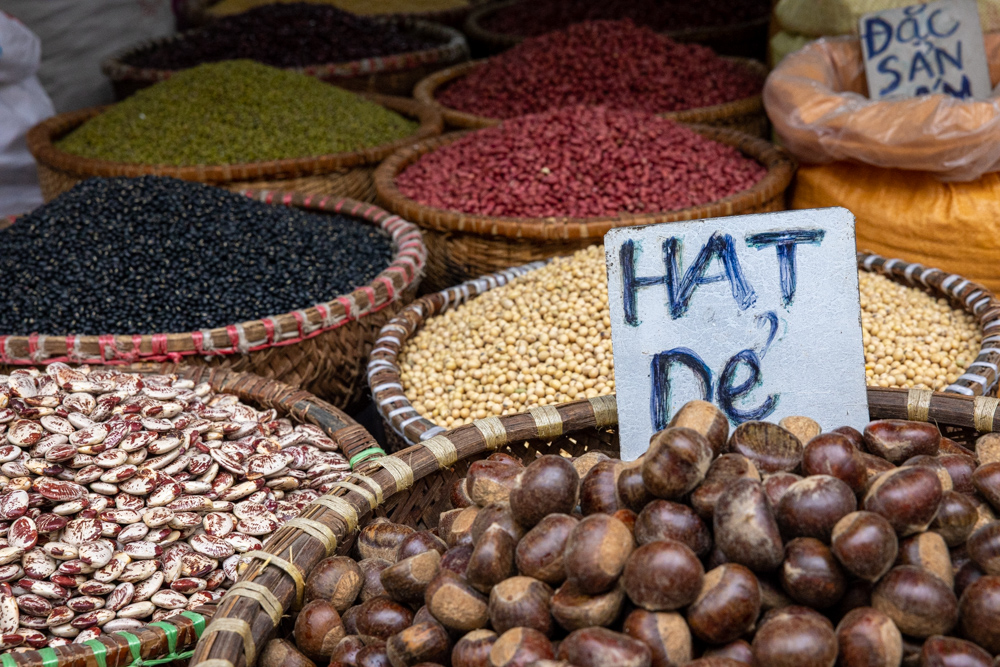
Hạt dẻ is Vietnamese for chestnut.
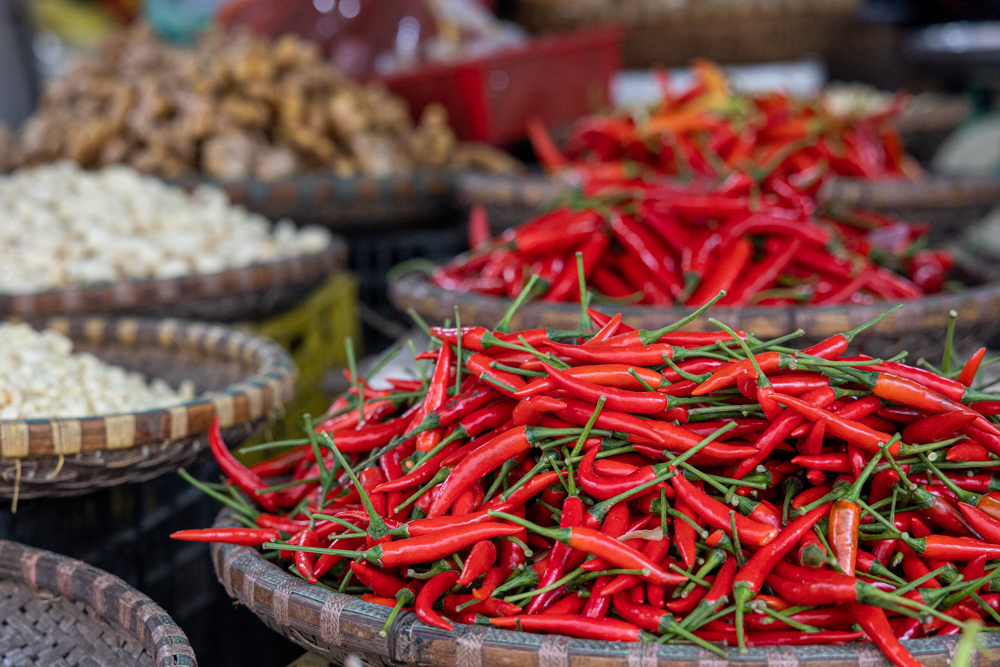
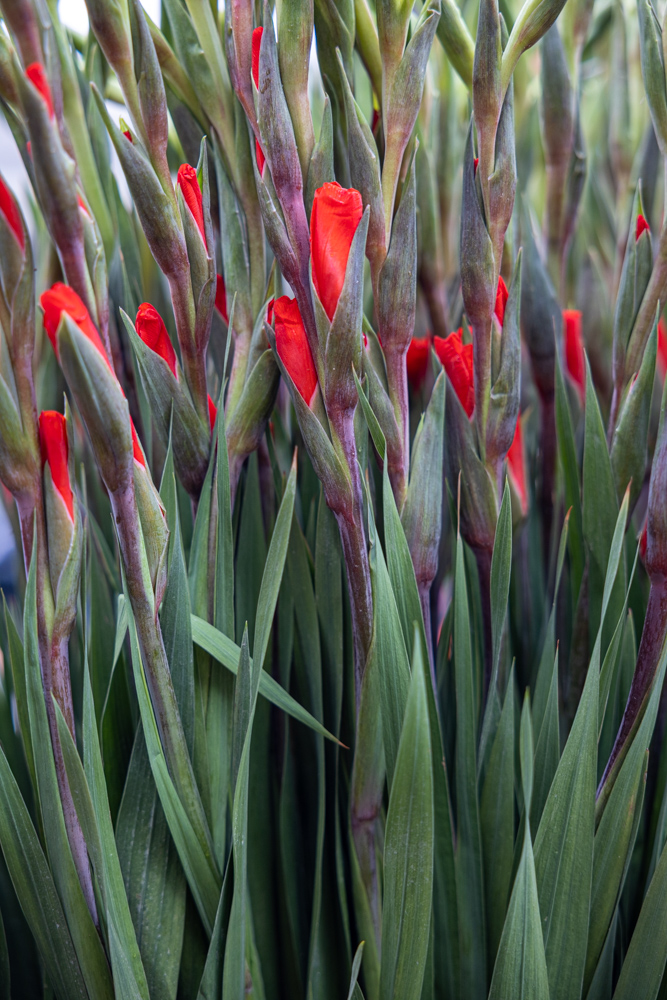
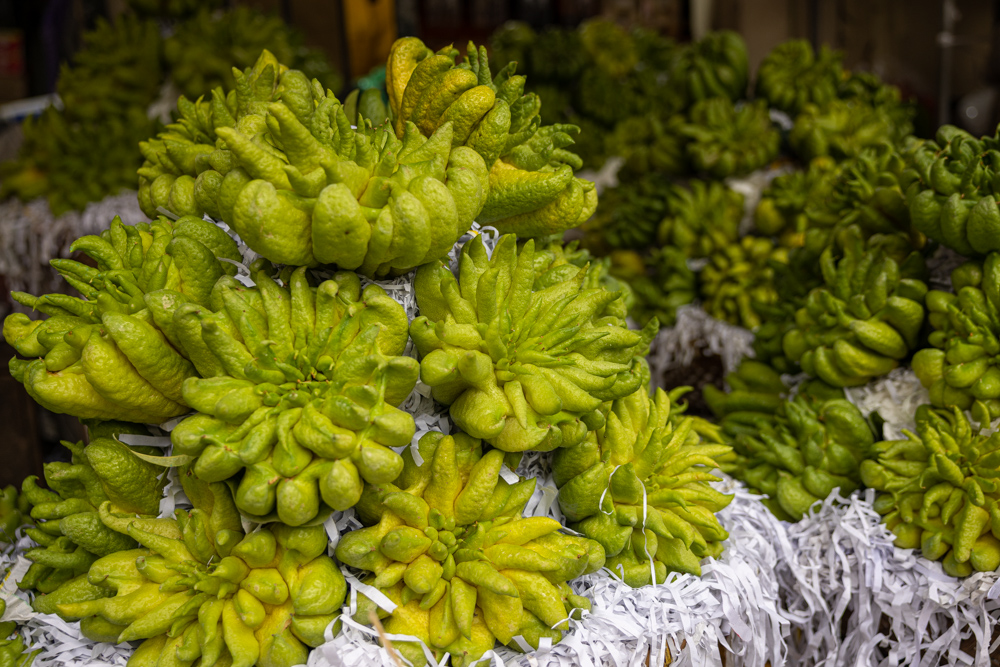
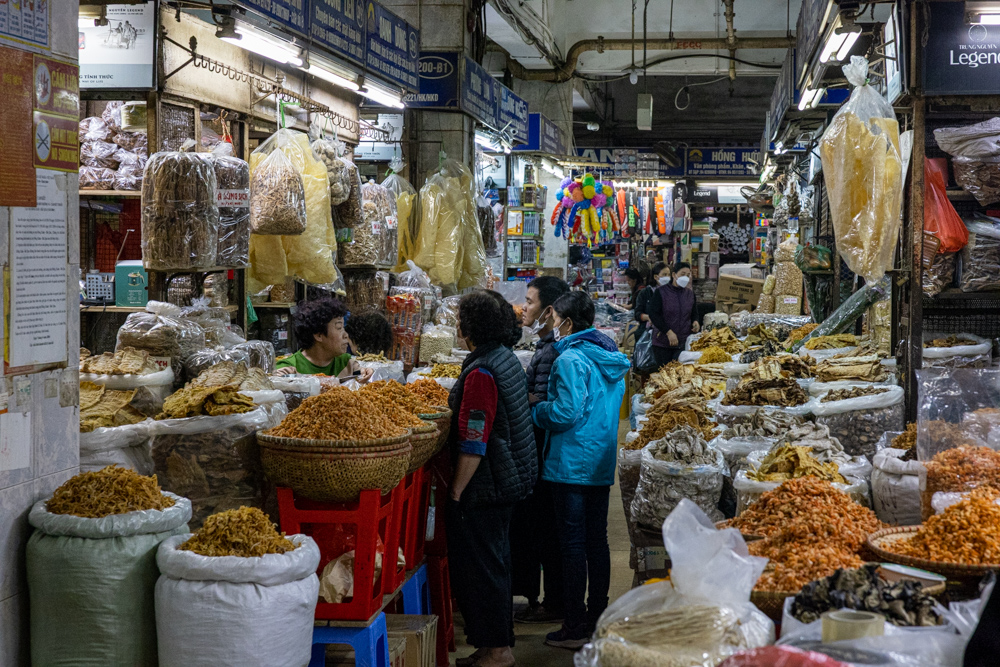

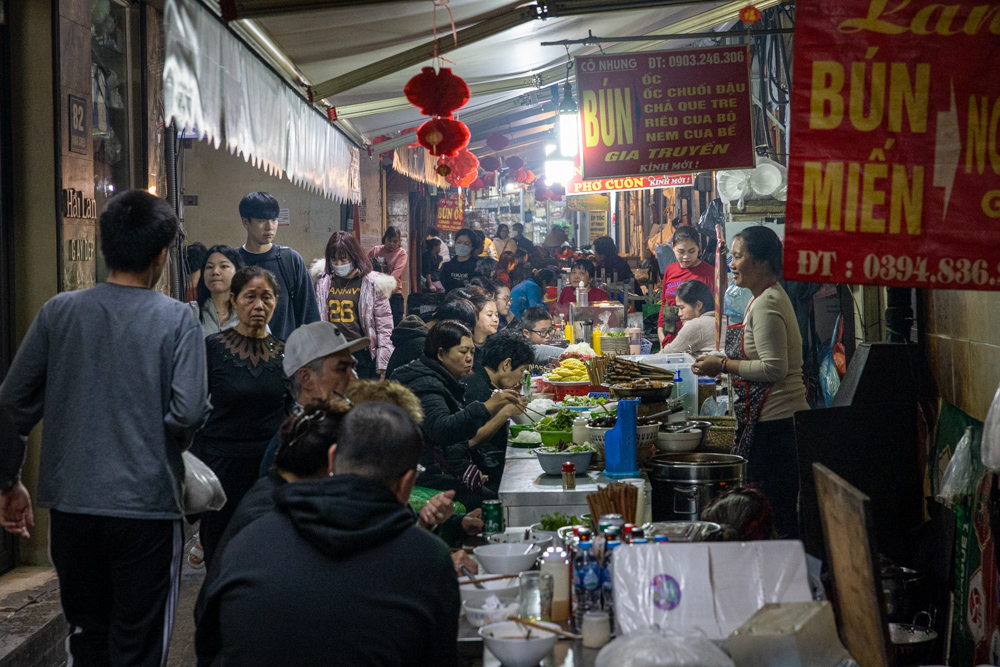
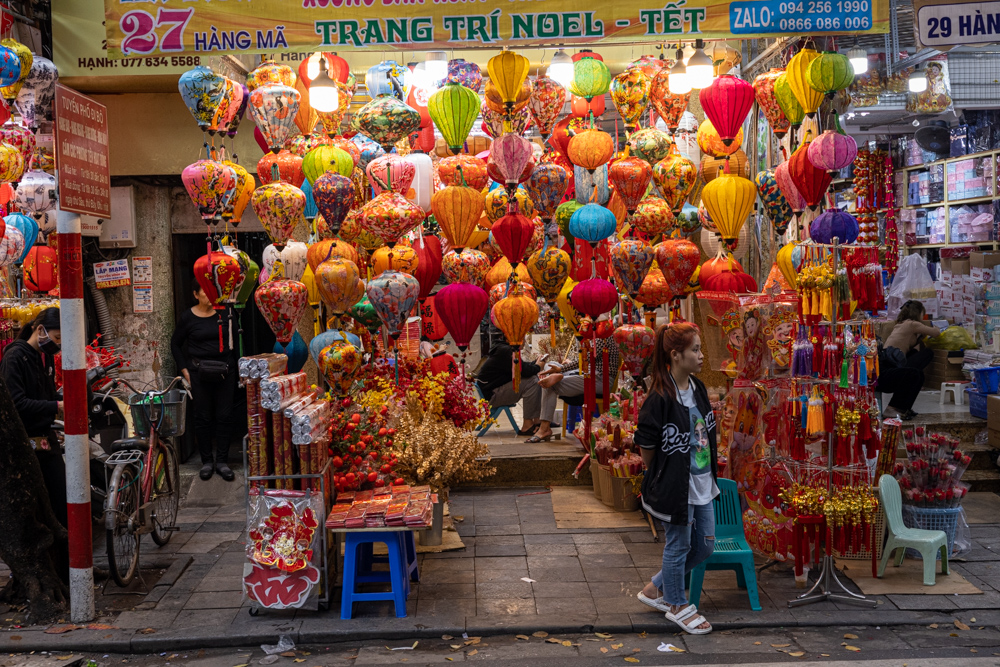
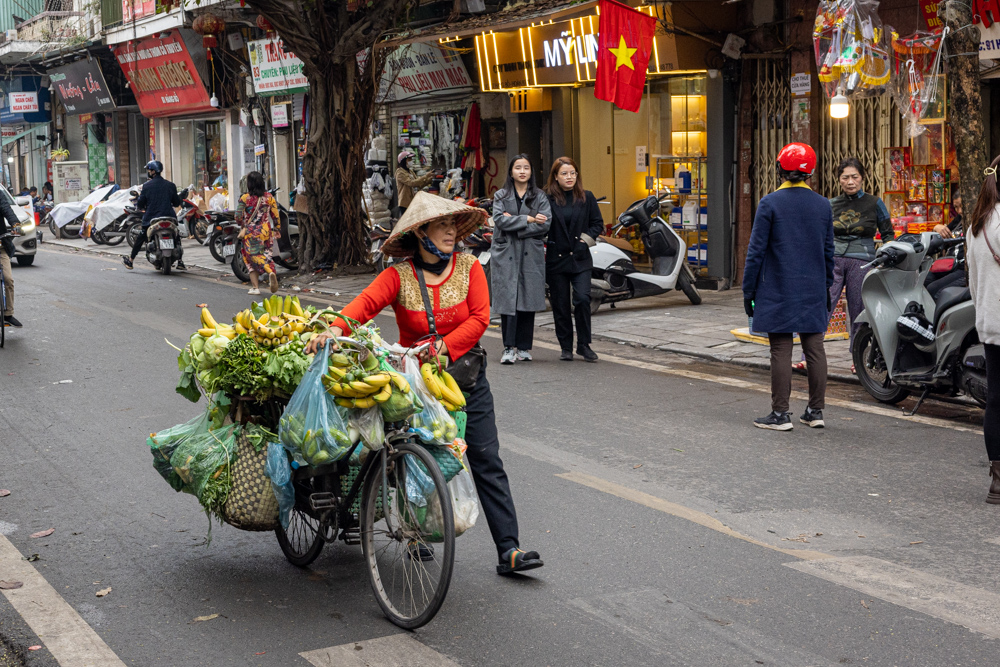
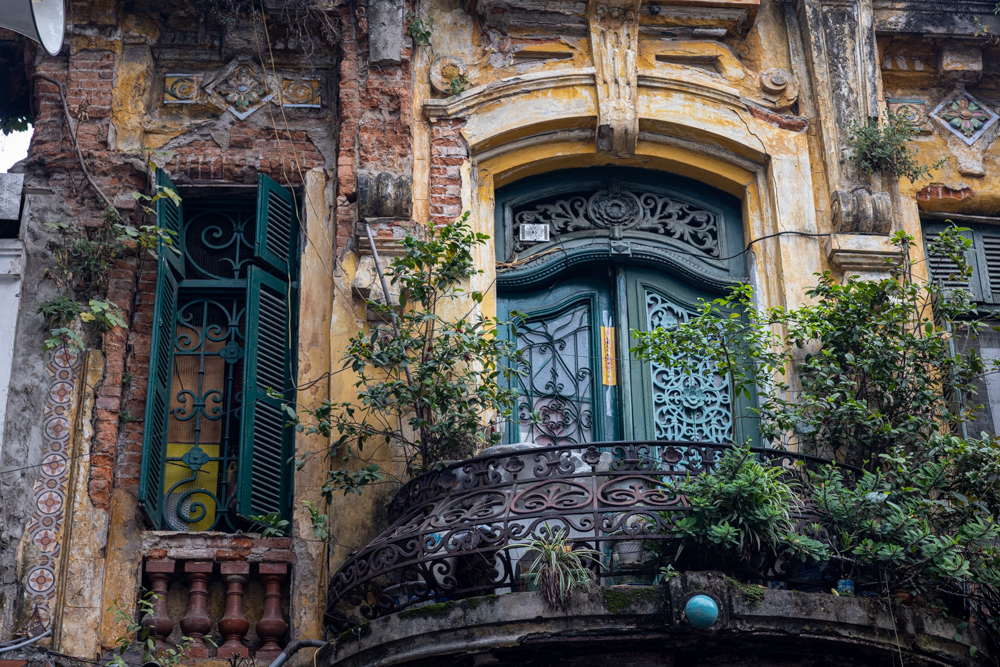
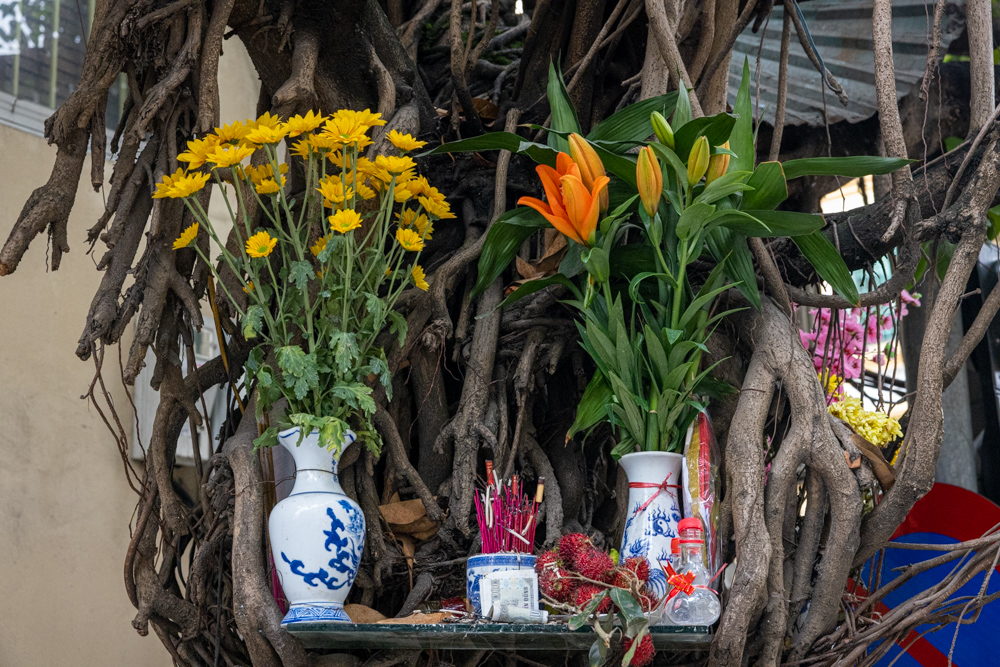
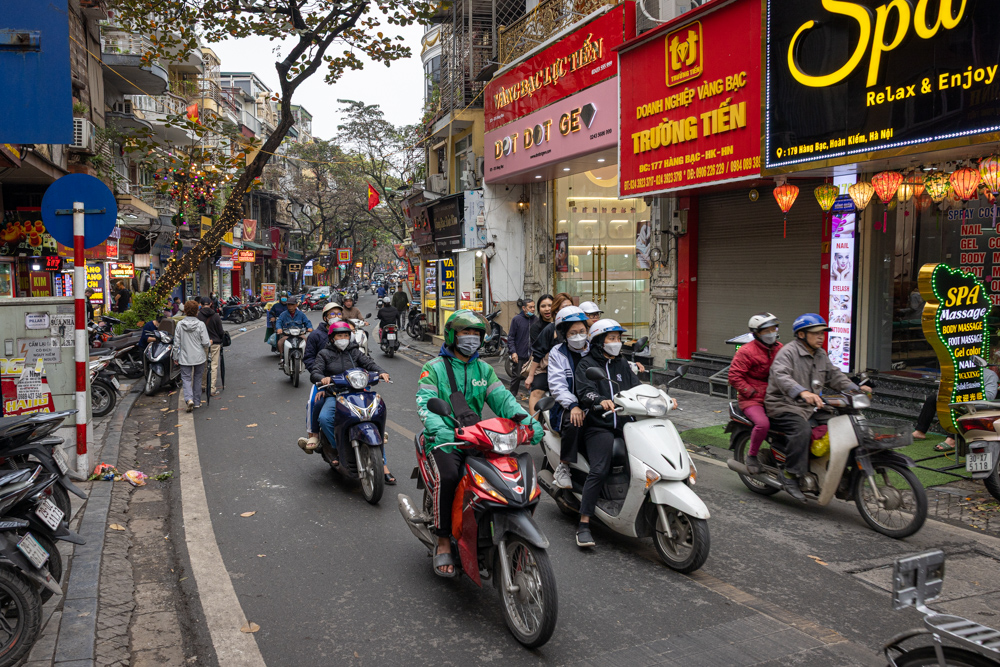
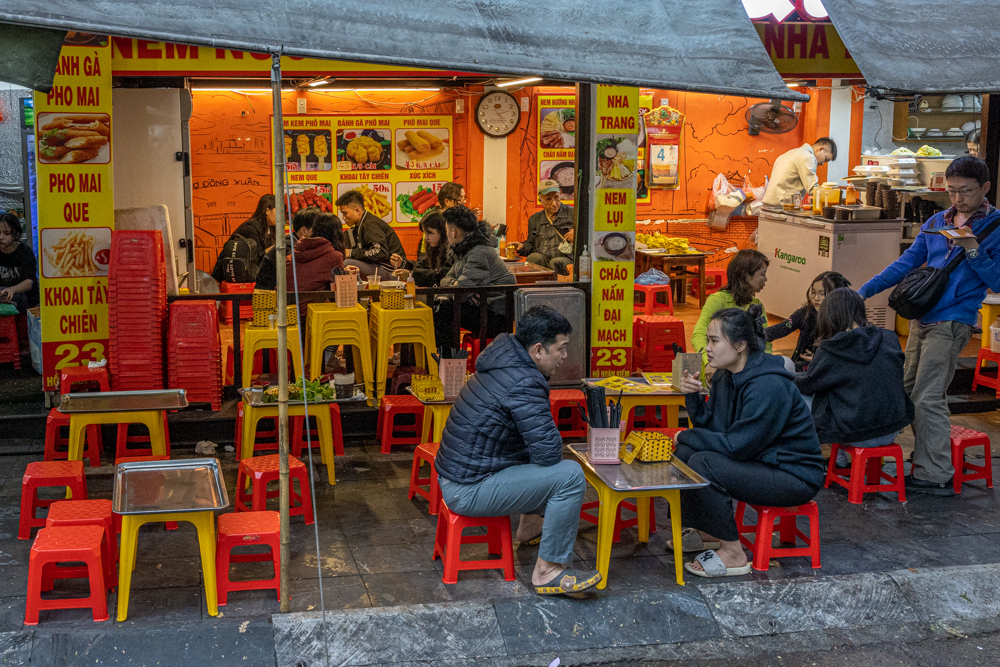
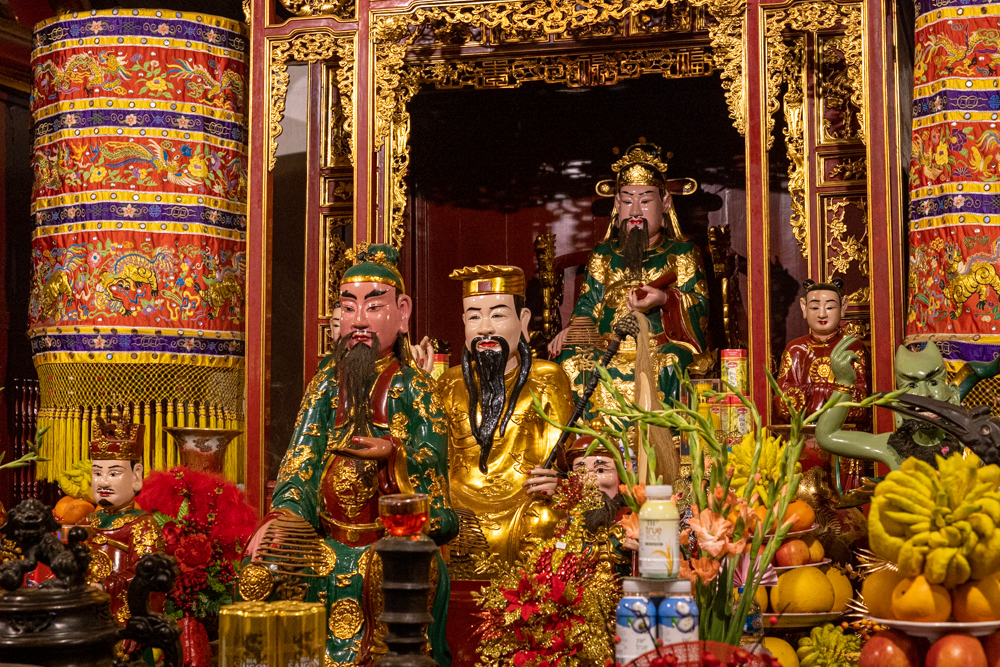
Being built on the Jade Islet and dedicated to Confucian and Taoist philosophers and the national hero, Trần Hưng Đạo, the small temple was expanded in 1865. Trần Hưng Đạo, repelled the Mongol invasions in the late 13th century.
The statue of Tran Hung Dao is placed on a 3-foot-long pedestal, portraying the majestic commander with his courtiers.
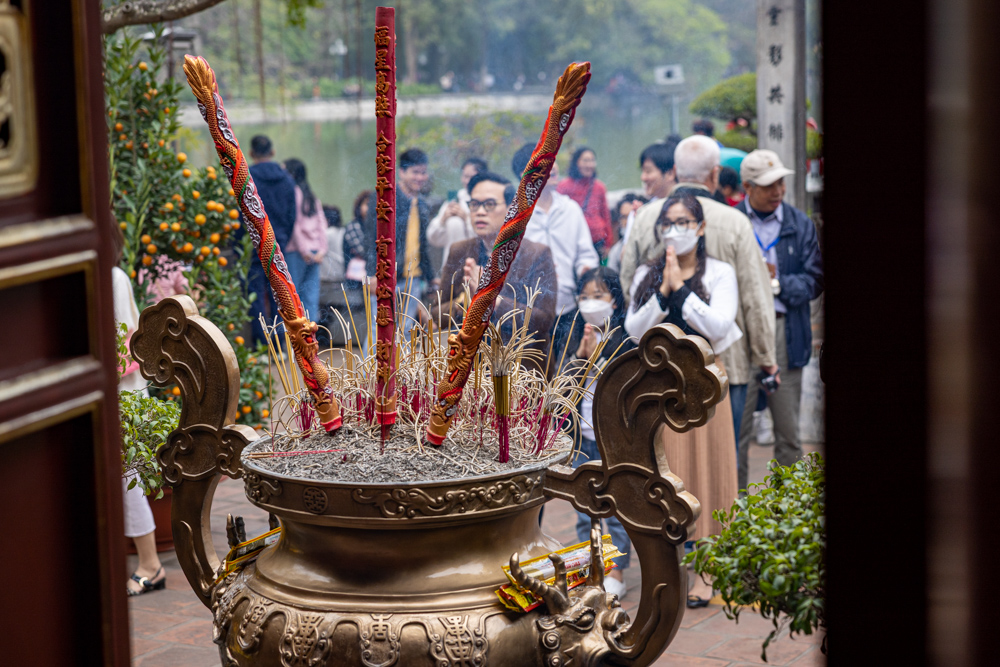
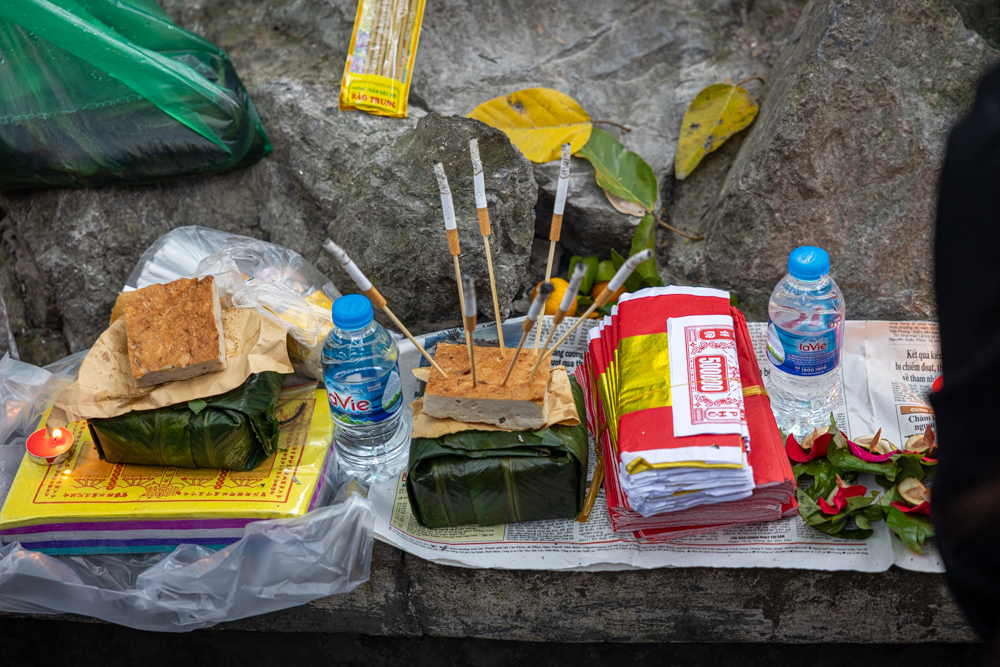
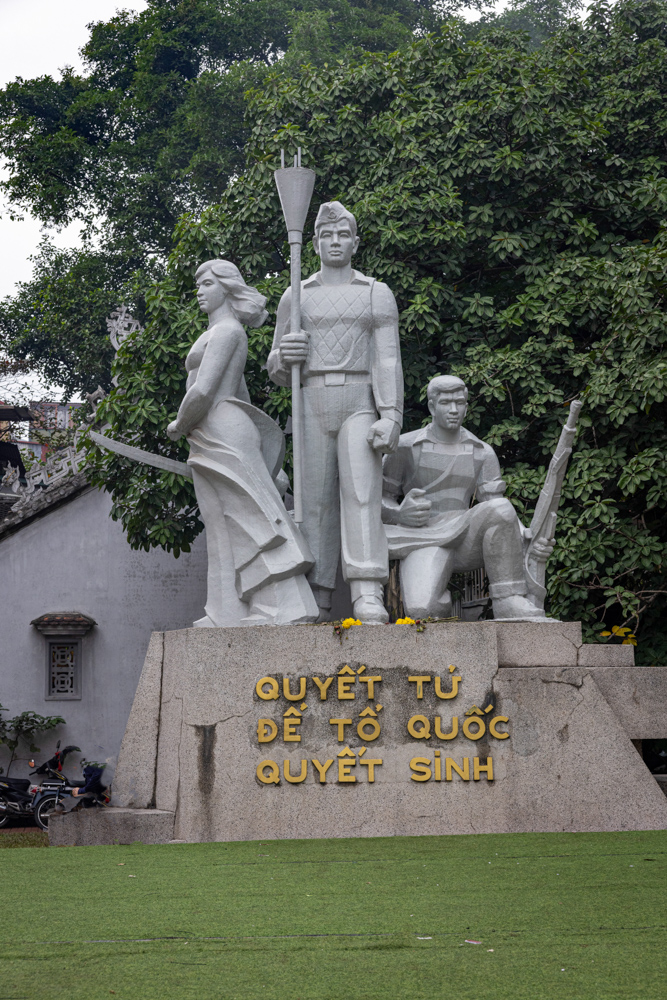
The words on the statue showing the determination to sacrifice themselves to protect the nation were quoted in a letter of Ho Chi Minh to armed forces in Hanoi in the early days of the national resistance war.
The odd looking torch is an explosive device that would be carried and thrown under a car/tank from a very close range killing the person carrying the weapon.
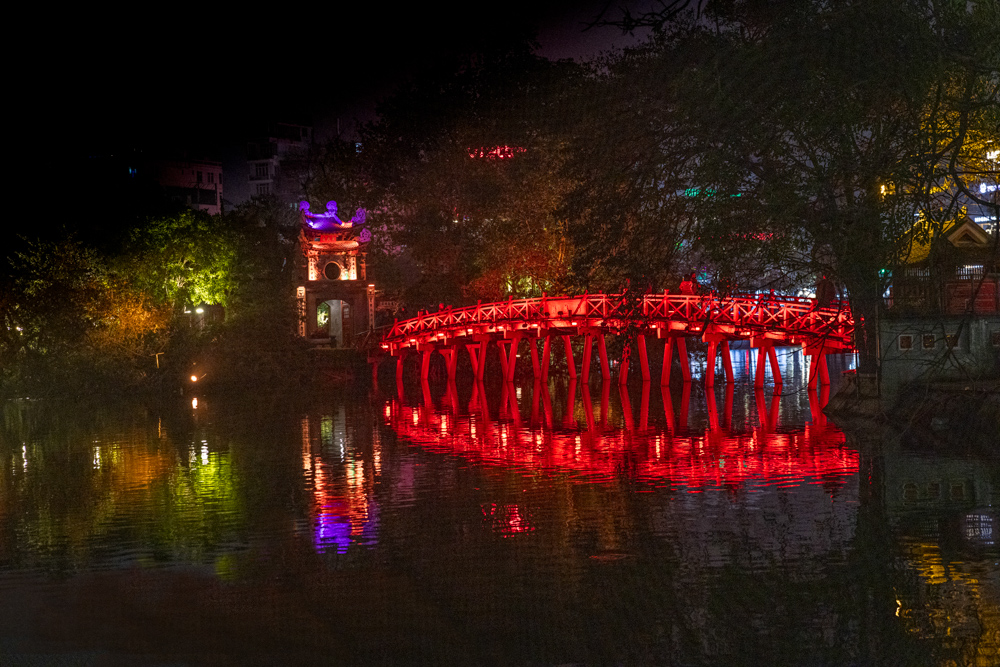
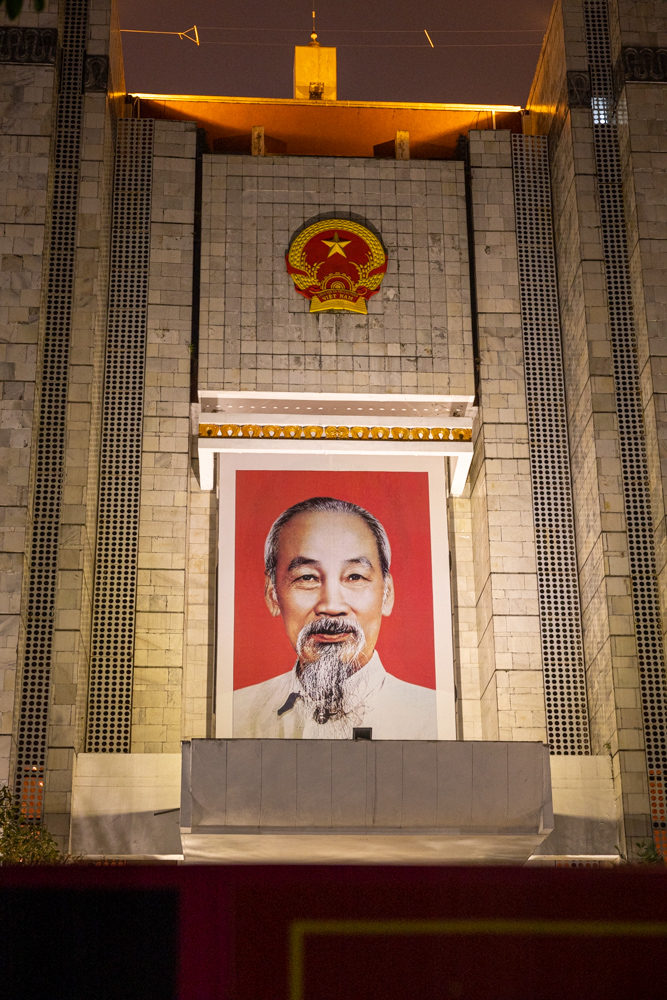
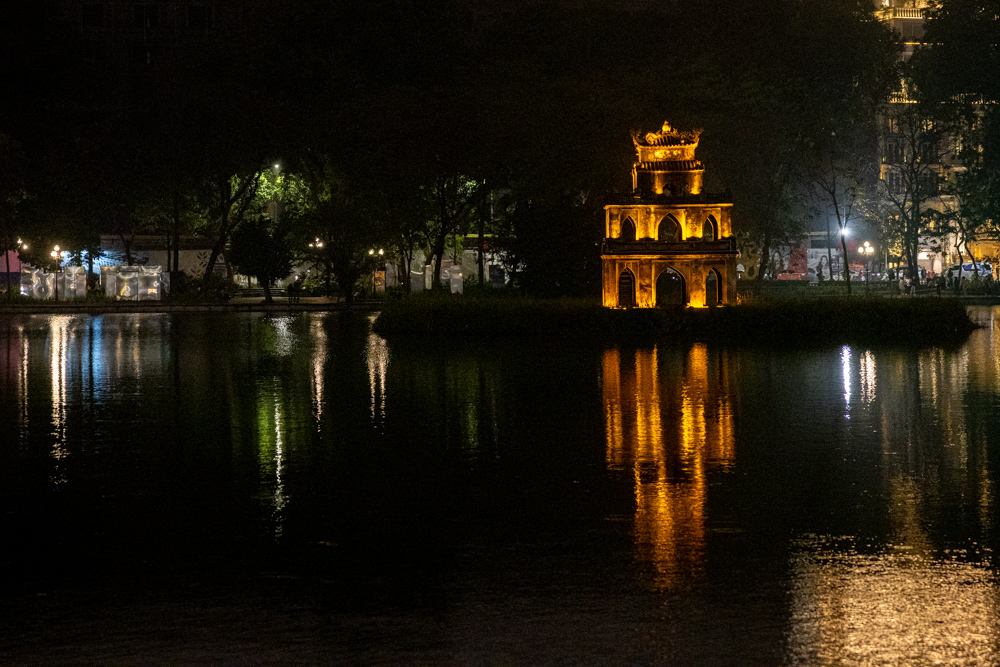
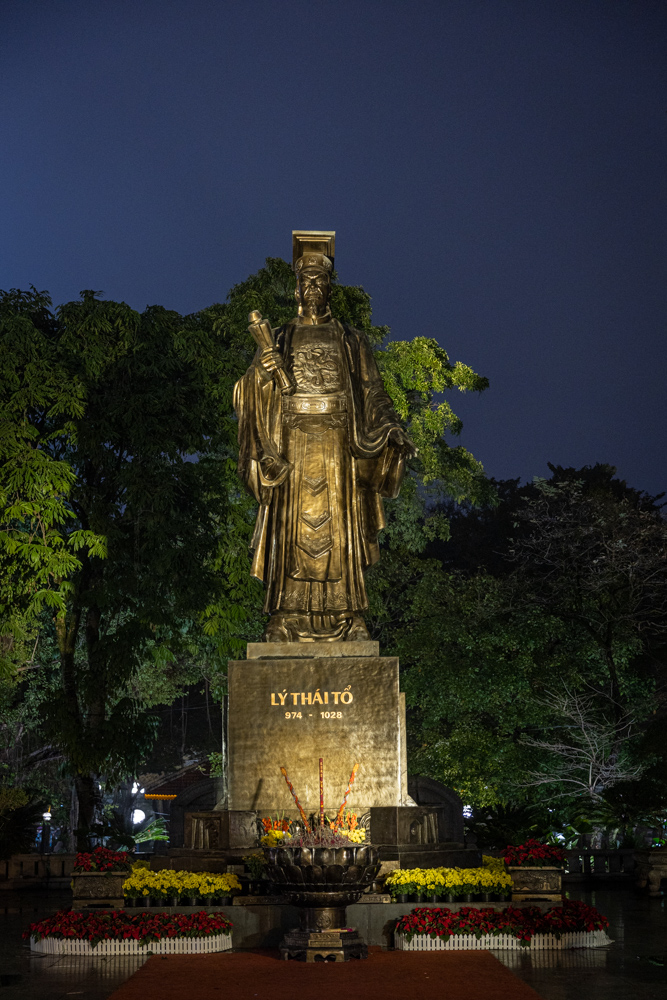
The statue, made from copper, weighs 32 tons with the height of 30
In Vietnamese history, King Ly Thai To (974 - 1028) was one of the greatest Kings who initiated Thang Long Citadel and created the land of a thousand years of culture. In 1010, he moved the capital city of the Dai Co Viet nation from Hoa Lu to Hanoi.